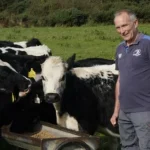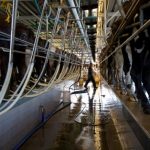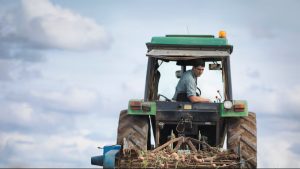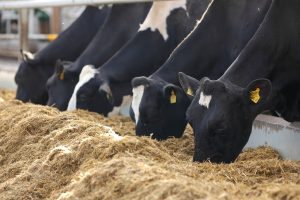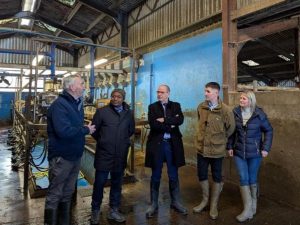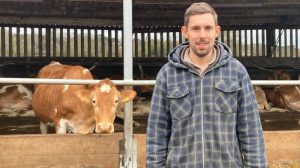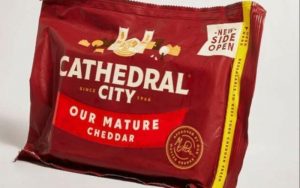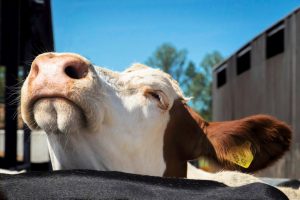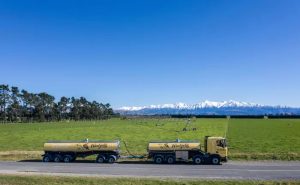
Dairy farmers will need to adapt quickly to manage input costs and cash flow over the winter when profit margins are set to fall.
That was the stark warning from an Old Mill and Farm Consultancy Group report which points out that higher yielding, year-round calving herds made the most of last year’s high milk prices, by investing in feed to maximise production. However, it also means they need to act now to reduce costs when milk prices have plummeted.
The report – based on dairy clients with a March 31, year-end – shows that average profits increased by 146% between 2021/22 and 2022/23, to £914/cow. This was due to a 56% increase in milk income per cow (given both higher yields and milk prices) and increased non-milk income (calf and heifer sales).
Combined, that more than offset the steeply higher input costs, which rose from £2300/cow to £3182/cow. The figures don’t include rent, interest, drawings, tax, capital expenditure or basic payments, and include a labour charge of £30,000 per full-time partner or director.
“Looking back over a five-year period, the year to March 31, 2023, is the only year where milk income alone has comfortably covered the cost of production,” said Dan Heal, rural accountant at Old Mill.
“This is a clear signal of supply and demand being out of balance. But summer 2023 has taken a different path, with milk prices falling quickly, and some costs remaining stubbornly high.”
He added that the volatility is set to continue. However, efficient producers will continue to make a living in the longer term – although they should beware of large tax bills in January 2024 when some of the lowest milk prices of the past 18 months will be paid.
“Although costs are falling, the cost base is still 30% higher than two years ago due to electricity costs doubling, feed still being 40% higher and most fertiliser having been bought forward at double current market prices.”
Profits are forecast to drop back to £415/cow in 2023/24, due to high costs and reduced income. Furthermore, with interest rates 5%+ higher, basic payments declining, and extra investment required to comply with water and environmental regulations, the report warned of a cash squeeze looming.
The gap between the top and bottom 10% of herds continues to widen too, with the former making £1668/cow profit versus the latter at £187/cow. “Larger, higher yielding herds were more suited to the market conditions of 2022/23. These systems typically perform well in times of high prices, although have high cost bases for when prices fall,” said Mr Heal.
There are some common themes among the best performing herds – they benchmark costs of production, are involved in discussion groups, are willing to change, and plan and budget ahead.
The type of system is irrelevant, as there is a mix of both in top and bottom 10% of herds.
“Farming efficiently relies on the farmer and is not based on the system which is run,” concluded Mr Heal.

